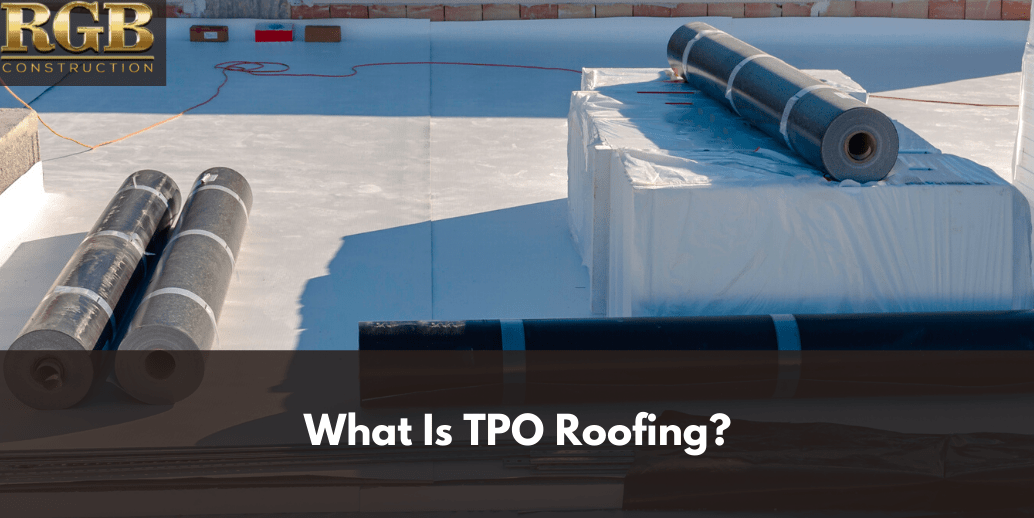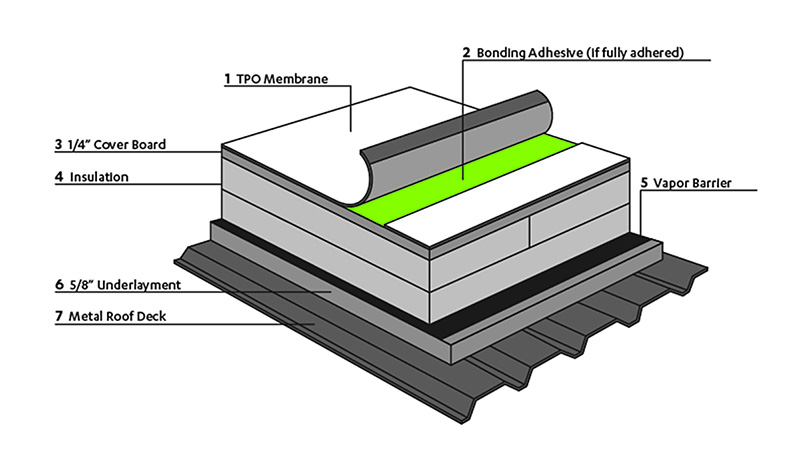Class a fire rated tpo membranes and epdm can achieve underwriters laboratories ul class a fire resistance listings by adding fire retardant chemicals during the manufacturing process.
Is tpo roof covering class of fire rating.
Class a does not mean grade a roofing systems are rated by realistic fire tests.
We must emphasize however that individual roof components are not rated at all.
If you are looking to install a single ply roofing membrane that will be energy efficient and are evaluating your options consider tpo thermoplastic olefin roofing.
Tpo is touted to have the benefits of two of its direct competitors epdm and pvc roofs but without the drawbacks and extra costs.
Class a is the highest rating offering the highest resistance to fire and unrated is the worst.
Our roof systems are rated by code for external fire resistance under deck exposure and time temperature resistance.
Fire ratings for roofs are classified as either class a class b class c or are unrated if a roof covering cannot meet the requirements for any of these classifications.
Customer choice of insulation since single ply membrane roofing does not include the insulation factor as a customer you have more options to choose from to insulate your facility s roof.
The slope of the test specimen is preselected and since steeper slopes are more of a challenge due to melting material feeding the fire the rating applies to the maximum slope passed.
The firestone ultraply tpo roofing systems have also been tested for their wind uplift resistance in accordance with the ueatc eota and fm guidelines resulting in several wind uplift ratings.
For example shake roofing with a fire retardant treatment rates class b on its own but achieves a class a rating when combined with specified underlying materials such as type 72 roll roofing material.
The maximum flame spread is 6 feet for a class a rated roof 8 feet for class b and 13 feet for class c.
This means that a tpo roof is as uv resistant and as heat resistant as epdm and as heat weldable.










